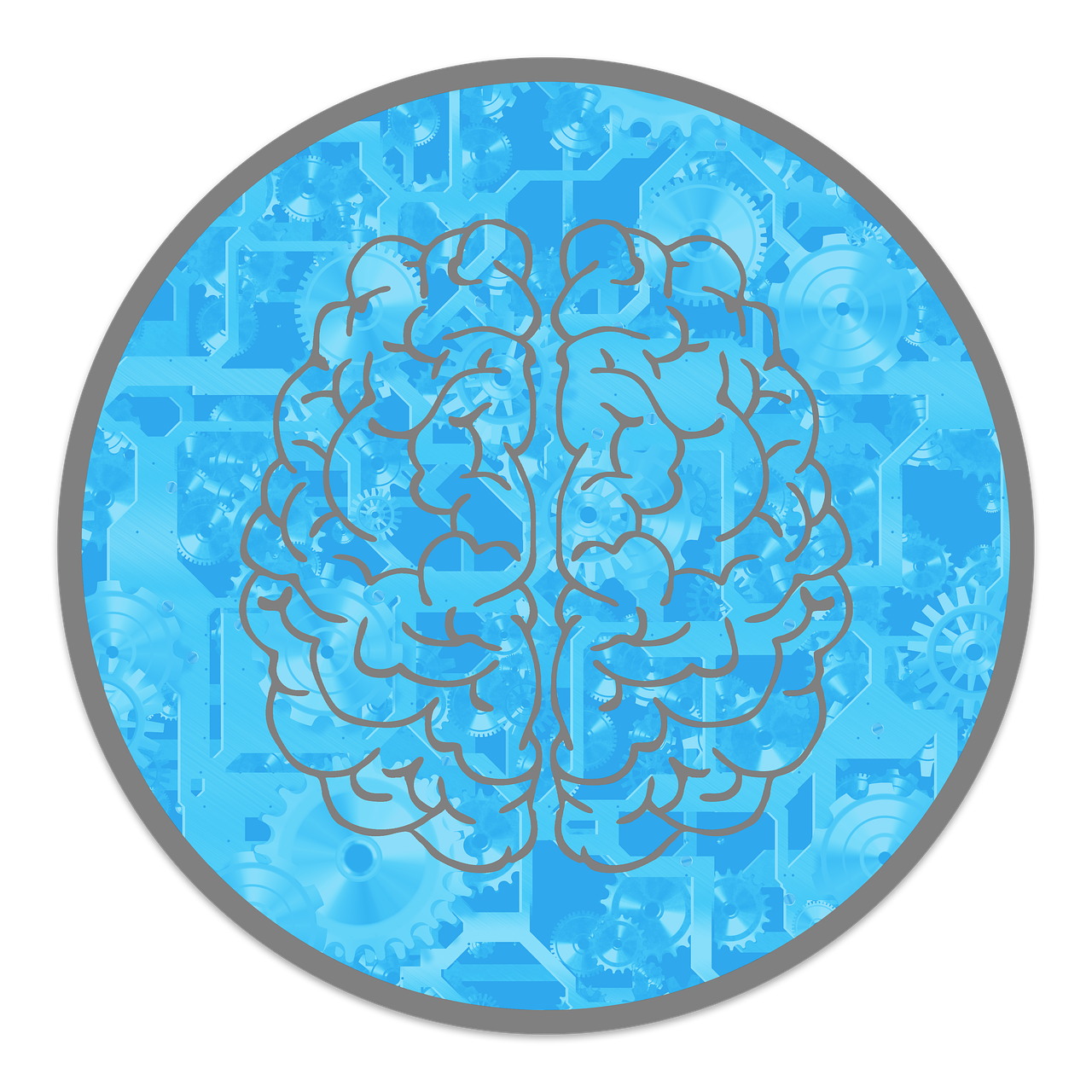
In today’s hyper-connected world, empathy isn’t just “being nice” — it’s a real super-skill for leading, building friendships, and even staying mentally healthy.
But here’s the twist: there are actually two types — cognitive empathy (understanding what someone feels) and emotional empathy (actually feeling it with them).
Cognitive Empathy: The Mind’s Perspective-Taking Power
Understanding Cognitive Empathy
Cognitive empathy is like stepping into someone’s shoes with your mind, not your heart.
It’s about figuring out what they’re thinking or feeling without actually feeling it yourself — like being a detective who reads emotional clues but stays calm.
Think of it as “getting into someone’s head” to understand their perspective.
Key Characteristics of Cognitive Empathy
- Intellectual Understanding: You can explain why someone feels the way they do.
- Emotional Distance: You stay clear-headed instead of getting swept up.
- Deliberate Process: It takes effort — you really think it through.
- Context-Dependent: You need awareness of the situation and dynamics.
Benefits of Cognitive Empathy
It helps you stay objective, make smarter choices, and avoid burnout.
Leaders use it to anticipate needs and stay fair. It’s also great for problem-solving because you see multiple angles without drowning in emotions.
Developing Cognitive Empathy
- Active Listening: Pay attention to more than just words.
- Ask Questions: Don’t assume — clarify.
- Study People: Learn about personalities and cultures.
- Pause Before Reacting: Think about why someone feels that way.
- Practice Perspective-Taking: Imagine situations from their viewpoint.
Emotional Empathy: Feeling What Others Feel
What This Actually Feels Like
Emotional empathy is when you don’t just get how someone feels — you actually feel it with them.
Like when your bestie gets dumped, and your chest hurts right along with hers.
Or when your friend nails that test and you’re both screaming with joy.
That’s your “mirror neurons” kicking in — little brain copycats that make you flinch when someone stubs their toe or tear up when they cry.
The Superpowers It Gives You
- Instant Bestie Vibes: Sharing feelings creates that “you really get me” bond.
- Helper Mode: When you feel someone’s sadness, you naturally want to help — like grabbing your sibling’s favorite snack when they’re down.
- The Realness Factor: People trust you when your reactions are genuine, not fake.
The Not-So-Awesome Side
Superpowers come with a catch.
Emotional empathy can drain you — like when you spend all day cheering up a friend and come home wiped out.
Sometimes you even “catch” their mood and can’t tell if you’re sad or they are.
And if you’re always the “therapist friend,” burnout is real.
How to Be the Boss of Your Empathy
- Put Up a Shield: Remind yourself, “This is their stress, not mine.” Let it pass through, not stick.
- Recharge: After heavy emotions, do what refills you — music, gaming, running, whatever makes you feel like you.
- Name It to Tame It: Say out loud when it’s too much: “I’m carrying a lot right now.” Talking to someone you trust helps lighten the load.
The Workplace Applications: When to Use Which Type
Cognitive Empathy in Professional Settings
At work, cognitive empathy is like your brain’s superpower — it helps you understand people without getting pulled into their emotions.
- Performance Reviews: Imagine giving a friend feedback on their school project. If you can see their point of view but stay calm, your advice is way more helpful.
- Conflict Resolution: It’s like being the ref in a soccer match — you listen to both sides, stay neutral, and help solve the problem.
- Strategic Planning: Leaders use it to guess how people will react to big changes, like a coach prepping a team before switching up the game plan.
- Customer Service: Think of dealing with an angry customer like dealing with your little brother when he’s frustrated with a video game — you get why he’s mad, but you don’t take it personally, and you fix the problem.
Emotional Empathy in Professional Settings
This is when you let yourself feel with others — and it’s what builds real connections at work.
- Team Building: Shared laughs and struggles during group projects are what bond people. Same at work — celebrating or struggling together makes teams tighter.
- Crisis Support: If a teammate’s going through something tough, feeling with them builds trust and shows you care.
- Celebrating Success: Jumping up and down when your friend wins MVP? That’s the same energy leaders bring when celebrating a team’s success.
- Change Management: Big changes can freak people out. Leaders who feel what their team feels can support them better.
The Neuroscience Behind Both Types of Empathy
Science has some pretty cool answers for why empathy feels the way it does.
Researchers keep digging into how our brains pull this off, and the findings are wild.
Cognitive empathy
Cognitive empathy happens mostly in your prefrontal cortex — that’s the “thinking cap” part of your brain that handles reasoning and decision-making.
That’s why this kind of empathy feels like work: you have to slow down, analyze, and choose to understand someone.
It’s like solving a puzzle about people’s feelings.
Emotional empathy
Emotional empathy, though, lives in the limbic system — places like the amygdala and anterior cingulate cortex.
These are your brain’s emotion centers, and they run on autopilot.
That’s why when your friend cries, you suddenly feel your throat tighten too — you didn’t decide to feel it, your brain just mirrored it.
But here’s the catch: because it ties into your body’s stress system, it can also leave you feeling totally drained, like you just ran an emotional marathon without moving a muscle.
Building a Balanced Empathy Profile
The people who really shine in life don’t just stick to one type of empathy.
They flex both—like switching between two superpowers depending on the situation.
It’s not about picking a favorite, it’s about knowing which one to use so you don’t trip yourself up.
Situations Favoring Cognitive Empathy
- Big decisions where you can’t let your feelings cloud the outcome. (Think: choosing who should lead a project—you want fairness, not favoritism.)
- Breaking up fights without taking sides. (Like being the referee when your friends argue over who “called dibs” first.)
- Planning ahead when you need to predict how people will react but keep your cool.
- Giving honest feedback where sugarcoating won’t help. (Picture telling your teammate their joke bombed in practice before they go on stage.)
Situations Favoring Emotional Empathy
- Hanging out with your best friend when they just need you to feel their world. (Not solve it, just vibe with them in the moment.)
- Being there in a crisis when someone feels completely alone. (Sometimes a hug is worth more than a 10-step action plan.)
- Celebrating wins together—like screaming when your team scores or when your friend gets that dream role. Shared joy = stronger bonds.
- Pumping people up when they’re scared or doubting themselves. Real enthusiasm can light a fire in someone else.
Empathy in the Digital Age
Let’s be real—you spend a huge chunk of your life online.
Gaming with friends, chatting on socials, maybe even arguing in group chats.
But here’s the catch: when we’re behind a screen, we lose all those little signals—tone of voice, facial expressions, body language—that usually help our brains “catch” someone else’s feelings.
That means your thinking empathy (cognitive empathy) has to work harder.
You’ve got to pause and actually imagine what the other person might be feeling, instead of just assuming.
And here’s the wild part—this doesn’t just apply to humans anymore.
Think about AI, like chatbots or virtual assistants. Research shows that when bots sound emotionally empathetic—like they really “get” your frustration—you actually enjoy the interaction more and trust them more.
Crazy, right? Even when we know it’s not a real person, we still crave that feeling of being understood.
Conclusion: Mastering the Art of Empathetic Connection
Knowing the difference between thinking empathy (cognitive) and feeling empathy (emotional) isn’t just textbook stuff—it’s life-changing.
One helps you stay cool and make fair decisions, the other builds those “you really get me” bonds that make friendships and relationships actually worth it.
The secret? Learn when to use which. Like, when you’re giving a friend honest advice, thinking empathy is your best tool.
But when that same friend’s crying over a breakup, feeling empathy is what makes you the shoulder they actually want to lean on.



